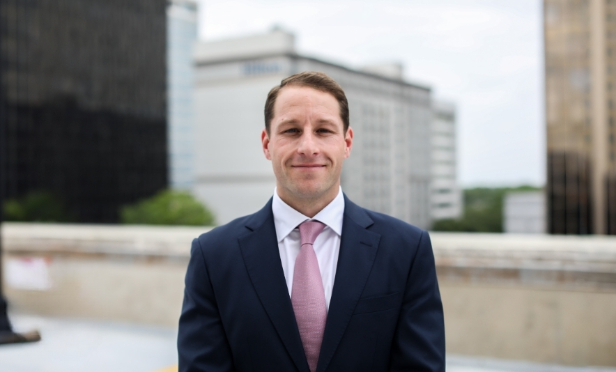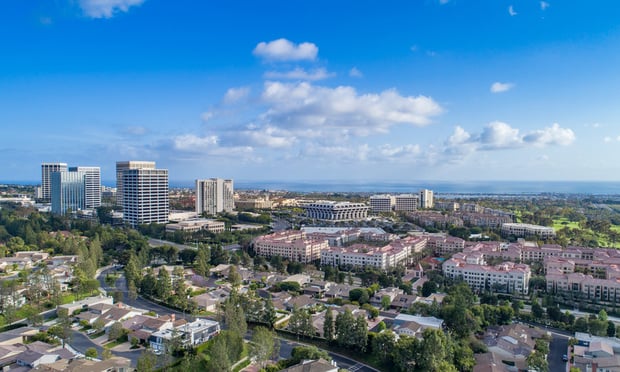 Mega developments, that is large developments with multiple asset classes, are facing one major challenge: outfitting working, reliable technology. Multifamily Ancillary Group—which is expanding its platform in response to growing tech needs from its customers—says that there is a range of tech and ancillary needs to consider for a property of that size, and the group is seeing more and more of these properties breaking ground.
Mega developments, that is large developments with multiple asset classes, are facing one major challenge: outfitting working, reliable technology. Multifamily Ancillary Group—which is expanding its platform in response to growing tech needs from its customers—says that there is a range of tech and ancillary needs to consider for a property of that size, and the group is seeing more and more of these properties breaking ground.
“Developers are investing in these multi-mixed use projects. I am starting to see a lot more city centers and master planned communities that are including multifamily. Those projects are including a Main Street with shops community centers,” Tito Estrada, regional VP at Multifamily Ancillary Group, tells GlobeSt.com. “They are building a small city within a city, and it is interesting to think about what it is going to take for that community to be connected. The infrastructure alone blows my mind.”
Internet is obviously the first tech need that comes to mind in a property like this. Estrada says that reliability is key, and forging partnerships with service providers is essential to obtaining it. “People think Wi-Fi is magic because it is so ubiquitous. Who is going to be responsible to cover a project like that,” he says. “I would find a vendor that would come in and incentivize that particular client for the possibility of 10,000 subscribers.”
While Internet is among the most obvious services, Estrada says that the needs are vast, from mobile, television, commercial services, utility and electricity contracts. Another area that requires savvy negotiation is cell tower service. “There will also be a density issue,” Estrada explains. “So, I would call the cell provider in the area to negotiate a lease for a cell tower to provide cell service. You start with Internet service and now we are talking about cell phone density.”
Estrada's advice to developers navigating these services is to find someone with extensive national contacts. “I have dealt with the top 50 owners, developers and management companies at a national level, so I have a good idea of the trends in this market,” he says. “When I negotiate a deal, you are signing a seven to 10 year agreement. If an owner sells that property in that time, I am still part of the property because of that agreement.”
Want to continue reading?
Become a Free ALM Digital Reader.
Once you are an ALM Digital Member, you’ll receive:
- Breaking commercial real estate news and analysis, on-site and via our newsletters and custom alerts
- Educational webcasts, white papers, and ebooks from industry thought leaders
- Critical coverage of the property casualty insurance and financial advisory markets on our other ALM sites, PropertyCasualty360 and ThinkAdvisor
Already have an account? Sign In Now
*May exclude premium content© 2024 ALM Global, LLC, All Rights Reserved. Request academic re-use from www.copyright.com. All other uses, submit a request to [email protected]. For more information visit Asset & Logo Licensing.








